St. Patrick’s Day is not just an Irish holiday. It is a perfect opportunity to celebrate luck, prosperity, and...
Blog categories
Search in blog
Latest posts
-
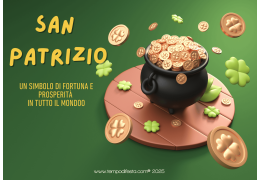 St. Patrick’s Day: A Symbol of Luck and Prosperity Around the WorldRead more
St. Patrick’s Day: A Symbol of Luck and Prosperity Around the WorldRead more -
 17 YEARS OF TEMPO DI FESTA – A JOURNEY OF PASSION, INNOVATION, AND A CELEBRATION REVOLUTION 13/02/202503/02/2025Posted in: Community925 views 0 LikedRead more
17 YEARS OF TEMPO DI FESTA – A JOURNEY OF PASSION, INNOVATION, AND A CELEBRATION REVOLUTION 13/02/202503/02/2025Posted in: Community925 views 0 LikedRead moreDiscover our incredible story: 17 years of innovation and passion that have transformed the way celebrations are done...
-
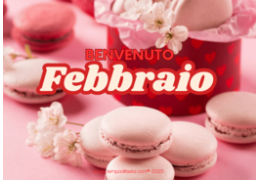 Welcome February: The Month of Love, Celebrations, and Our 17th Anniversary 02/02/202521/01/2025Posted in: Community696 views 0 LikedRead more
Welcome February: The Month of Love, Celebrations, and Our 17th Anniversary 02/02/202521/01/2025Posted in: Community696 views 0 LikedRead moreFebruary is a special month at Tempo di Festa: we’re celebrating Valentine’s Day and our 17th anniversary. Take a...
-
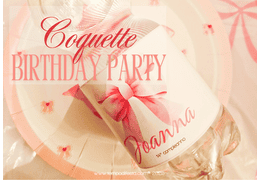 A Coquette-Themed Birthday for My 14-Year-Old Daughter 21/01/202521/01/2025Posted in: Events480 views 0 LikedRead more
A Coquette-Themed Birthday for My 14-Year-Old Daughter 21/01/202521/01/2025Posted in: Events480 views 0 LikedRead moreIf you’re looking for a romantic and feminine inspiration for a cozy birthday at home, check out this “coquette”...
-
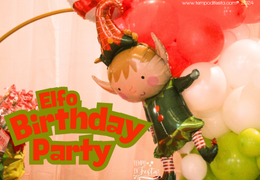 A Festive Elf-Themed Birthday for Twins Massimo and Valentina20/01/2025Posted in: Events320 views 0 LikedRead more
A Festive Elf-Themed Birthday for Twins Massimo and Valentina20/01/2025Posted in: Events320 views 0 LikedRead moreIf you’re looking for a cheerful December birthday idea, let yourself be inspired by the elf-themed celebration we...
Popular posts
-
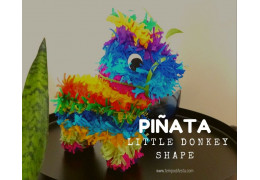 How to make a Little Donkey Piñata, Mexican Parties 2019/10/1814/10/2019Posted in: DIY projects26743 views 7 comments 0 LikedHow to make a Little Donkey Piñata, Mexican PartiesRead more
How to make a Little Donkey Piñata, Mexican Parties 2019/10/1814/10/2019Posted in: DIY projects26743 views 7 comments 0 LikedHow to make a Little Donkey Piñata, Mexican PartiesRead more -
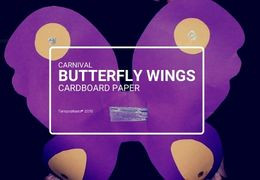 How to create cardboard paper Butterfly Wings 2015/02/201621/04/2020Posted in: DIY projects16780 views 0 LikedWe’ll make cardboard paper Butterfly Wings, a last minute idea for a carnival costumeRead more
How to create cardboard paper Butterfly Wings 2015/02/201621/04/2020Posted in: DIY projects16780 views 0 LikedWe’ll make cardboard paper Butterfly Wings, a last minute idea for a carnival costumeRead more -
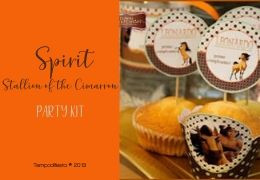 Customized party inspired by Spirit 07/31/201904/10/2019Posted in: Our party kits14933 views 2 comments 0 LikedCustomized party inspired by Spirit Stallion of the CimarronRead more
Customized party inspired by Spirit 07/31/201904/10/2019Posted in: Our party kits14933 views 2 comments 0 LikedCustomized party inspired by Spirit Stallion of the CimarronRead more -
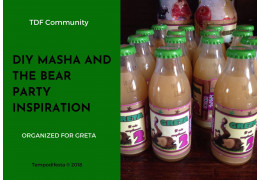 Masha and the Bear theme party 02/23/201830/09/2019Posted in: Community13770 views 0 LikedTo celebrate the 2nd birthday of her daughter, her mom organized a Masha and the Bear theme partyRead more
Masha and the Bear theme party 02/23/201830/09/2019Posted in: Community13770 views 0 LikedTo celebrate the 2nd birthday of her daughter, her mom organized a Masha and the Bear theme partyRead more -
 How to create the tin man 11/07/201728/09/2019Posted in: DIY projects13375 views 0 LikedHow to create the tin man from The Wizard of OZ using old tins, a very creative recyclingRead more
How to create the tin man 11/07/201728/09/2019Posted in: DIY projects13375 views 0 LikedHow to create the tin man from The Wizard of OZ using old tins, a very creative recyclingRead more
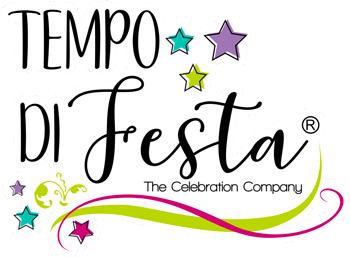

Latest comments